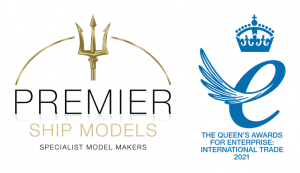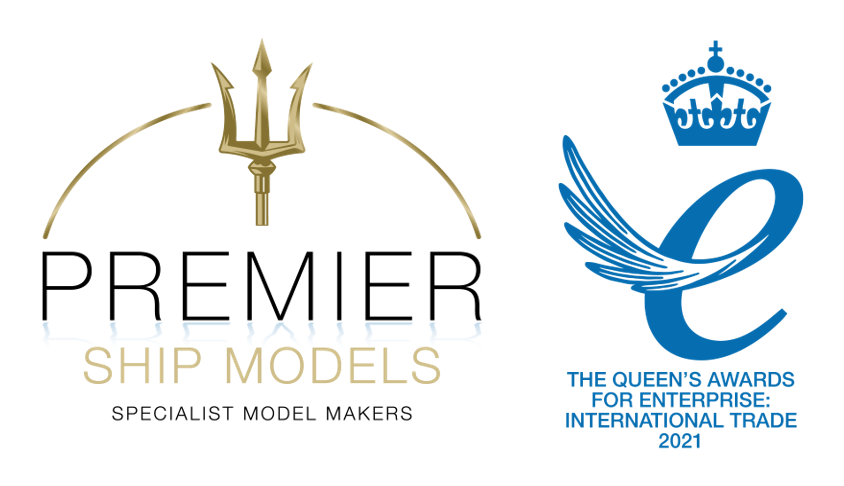Barge boats have been an integral part of life in various corners of the world for centuries. Historically, they were used to transport goods from one port to another via inland waterways and rivers, providing a vital link for trade and commerce. In more recent times, barge boats have become popular as recreational vessels, with people using them to explore the canals and rivers.
Premier Ship Models were tasked with constructing a model barge for a private client, drawing inspiration from the real-life counterpart called ‘Trio.’
As stated above, this project was conducted on behalf of a private client, and so we can not go into detail. They have, however, been immensely impressed throughout the process up to now, and they’re looking forward to the end result!
The model was to be 3D printed, and it measured 80 centimetres in length (not including the base).
3D-printing is an incredibly complex profession. It requires you to understand three main things:
- The material
- The printer
- The methodology of the piece and your desired end result
The entire process is extremely specialist. Our agent in the Far East focuses on two skillsets when constructing models: creating the model in a digital manner and readying it for printing, and the separate skillset to take the parts from the printer and get them to a professionally high-standard.
Beginning a custom project involves liaising with the client as closely as possible, to ensure we bring their vision to life. We strive to be as transparent as possible, allowing the client to see the progress of their order. This also includes agreeing on things such as delivery time and payment terms. In this instance, a model production time of one month was scheduled which was broken down into three stages; the formal order being received, followed by the advance payment, and then the first round of drawings. This was coupled with two separate instalments for payment, being split 60% in advance as previously mentioned, and the remaining 40% upon delivery.
As the models were to be 3D printed, digital renders needed to be made. The models were made of high-density industrial plastics, as well as high-precision photosensitive resin, acrylic and timber, and we utilised 3D simulation modelling, as well as laser-cutting.
Extensive levels of research were conducted to ensure both the exterior and interior were made exactly how the client wanted.
Once the client has signed-off on the digital renders, production can begin. One of the trickiest stages is converting the digital render into a file that is compatible with the 3D-printer, and so certain software has to be used to achieve this. Before this is done, the render itself is split into chunks – which are actual parts of the model (albeit digitalised) – and accordingly named and saved where appropriate. After this, another piece of software is used to ensure the parts are ready to be printed; making sure they’re of the right scale, are sturdy enough and watertight.
When the renders are ready, they can be printed via laser-cutting, and then building can begin. The construction itself is obviously the hands-on section, where specialists are required. It is known as the ‘finishing.’ The hull of any model is normally split into three pieces, and they will each have joints. These joints were glued together and then left to dry, before additional features could be added. However, the hull is painted before any more pieces are added, and this protects the viscosity of the glue, ensuring the model remains rigid and has no chance of falling apart.
Whilst the construction of the hull is happening, our 3D-modeller will also focus on laying out all of the smaller pieces, cleaning them and then painting them individually.
Once this has all been done, the model is complete, and ready to be transported to the client for installation.
Throughout the entire process, photos and renders were frequently sent to the client to ensure they were happy with the progress, and any feedback was welcomed and subsequently incorporated.
The private client was using the model in an event, and they were left absolutely thrilled with the result! The model was apparently a huge talking point, and their event went well. They were also impressed with our customer service, and the transparency we offered throughout the building process. Overall, the project was a huge success, and now our focus moves onto the next challenge!
Commission your own model
If you would like to have your own bespoke model built, please complete the contact form below.


